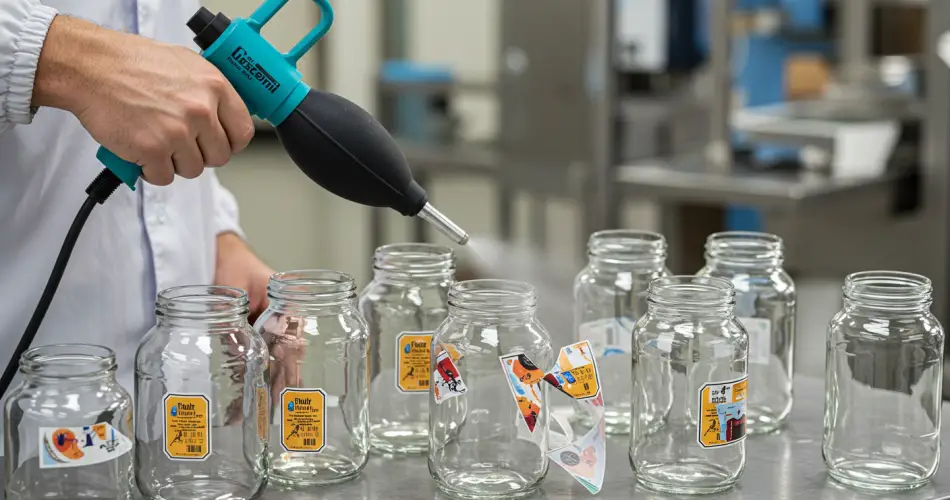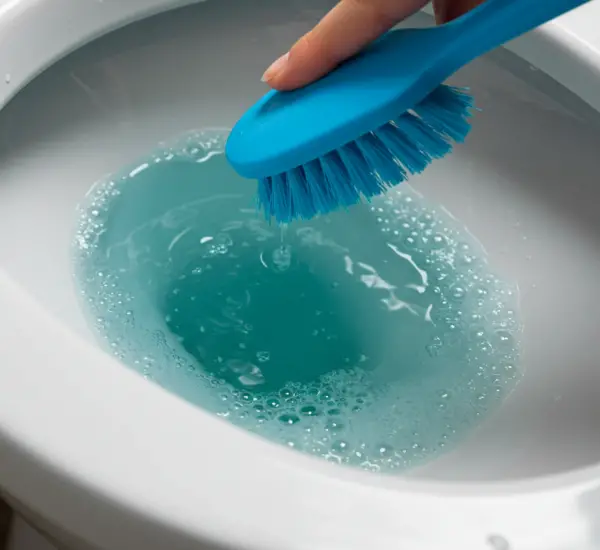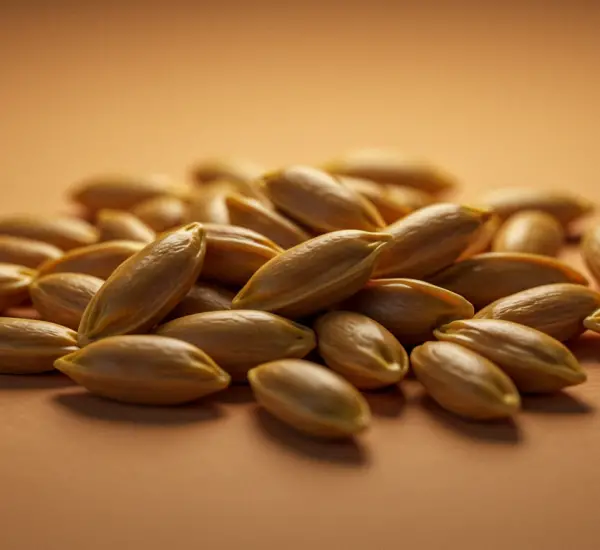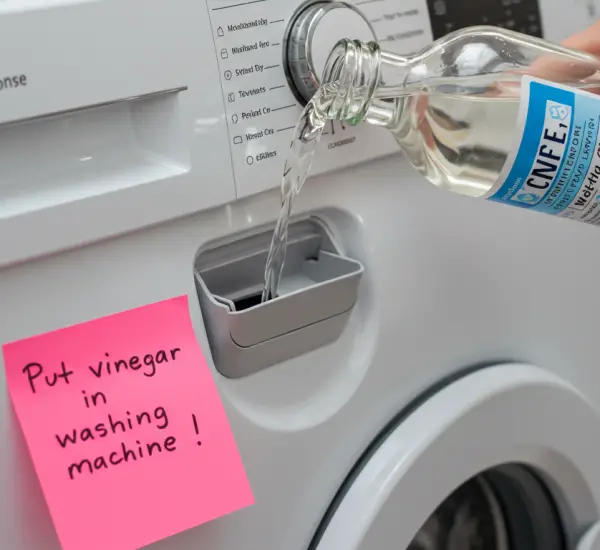Removing labels from jars is a small but often necessary task in the kitchen. Whether you want to recycle jars properly for waste sorting or repurpose them for homemade preserves, sauces, or storage, those stubborn pieces of paper and sticky adhesives need to go. Unfortunately, labels don’t always peel off cleanly, and what starts as a quick job can turn into a frustrating battle with glue residue. Luckily, there are several tried-and-true methods to make the process much easier.
Why Removing Labels Matters
With the growing importance of recycling and sustainable living, properly separating materials has become a daily responsibility. Glass and plastic jars are recyclable, but they need to be clean and free from paper labels and glue. Removing labels not only ensures they go into the correct bin but also contributes to reducing waste in landfills and allows raw materials to be reused efficiently.
Beyond recycling, jars are highly versatile. Glass jars, in particular, are perfect for storage, homemade preserves, spice mixes, or even as decorative containers. However, those bright supermarket labels don’t always fit the aesthetic of a rustic kitchen shelf filled with homemade jams or neatly organized pasta. For both eco-friendly and aesthetic reasons, removing labels is a useful skill.
Methods to Remove Labels from Glass Jars
Here are the most effective methods you can use to get rid of stubborn labels and glue from jars at home:
1. Soaking in Hot Water
One of the simplest ways to remove labels is to use hot water. Fill the jar with very warm or hot tap water and submerge it in a basin or sink filled with more hot water. Let it soak for 10–20 minutes. The heat loosens the adhesive, making the paper label easier to peel off. Once softened, start lifting one corner of the label and peel it gently. If needed, use a plastic spatula to help scrape it away.
This method works well for most labels, but some adhesives are stronger and may leave behind residue even after soaking.
2. Scraping with Tools
If soaking doesn’t completely solve the problem, mechanical removal can help. A plastic scraper, spatula, or even a piece of fine sandpaper can be used to lift the label off. Avoid using sharp knives or metal blades, as they may scratch the glass or injure your hands.
Start by loosening a corner of the label and slowly pull it upward. Work in small sections, being careful not to rip the paper into smaller pieces that will stick to the glass.
3. Using Alcohol or Oil for Adhesive Residue
Even when the label comes off, sticky adhesive can remain on the jar. This residue can attract dust and ruin the clean look of your repurposed jar. To get rid of it, you can use isopropyl alcohol, vinegar, or even cooking oils like coconut oil or olive oil.
Apply a small amount to a cloth or cotton pad and rub the sticky area in circular motions. Oils work by breaking down the adhesive’s stickiness, while alcohol and vinegar dissolve it. After a few minutes of rubbing, the glue should come off, leaving the surface clean.
4. The Hair Dryer Trick
For the most stubborn labels, heat can be your best ally. A hair dryer works wonders for loosening strong adhesives. Here’s how to do it:
-
Plug in your hair dryer and set it to maximum heat and speed.
-
Hold it close to the label for about 3–5 minutes.
-
As the heat penetrates the adhesive, the label will soften and peel away much more easily.
-
If the label resists, reheat it for another minute or two and try again.
This method is especially useful when you want to avoid soaking jars in water, such as when they still contain food or when working with delicate glass.
Tips for Best Results
-
Be patient: Don’t rush the process; peeling labels too quickly may tear the paper and leave more residue.
-
Test solutions first: If using oils or alcohol, test a small spot first to ensure it doesn’t discolor the glass or plastic.
-
Work safely: If scraping, always use plastic or silicone tools instead of sharp blades.
-
Clean after removal: Wash jars with warm soapy water after removing labels to eliminate any leftover grease or cleaning solution.
Beyond Recycling: Creative Uses for Label-Free Jars
Once you’ve successfully removed labels, your jars can take on a new life around the house. Here are a few creative ways to repurpose them:
-
Food Storage: Perfect for rice, pasta, beans, or snacks.
-
Homemade Preserves: Give your jams, chutneys, or sauces a clean, polished look.
-
Spice Jars: Smaller jars can be reused for herbs and spices.
-
DIY Gifts: Fill jars with bath salts, cookies, or candies and decorate them for a personal touch.
-
Decoration: Use as candle holders, flower vases, or even lanterns with fairy lights.
By removing labels, jars become blank canvases for both practical and creative projects.
Final Thoughts
What may seem like a small household chore—removing labels from jars—actually plays an important role in both sustainable living and home organization. Whether you’re recycling to reduce environmental impact or transforming old jars into stylish containers for your kitchen, the methods outlined above make the task simple and effective.
From soaking jars in hot water to using oils, alcohol, or even a hair dryer, there’s a solution for every type of stubborn label. Once clean, those jars are ready for a second life—saving resources, adding charm to your home, and proving that even small habits can make a big difference for the planet.



